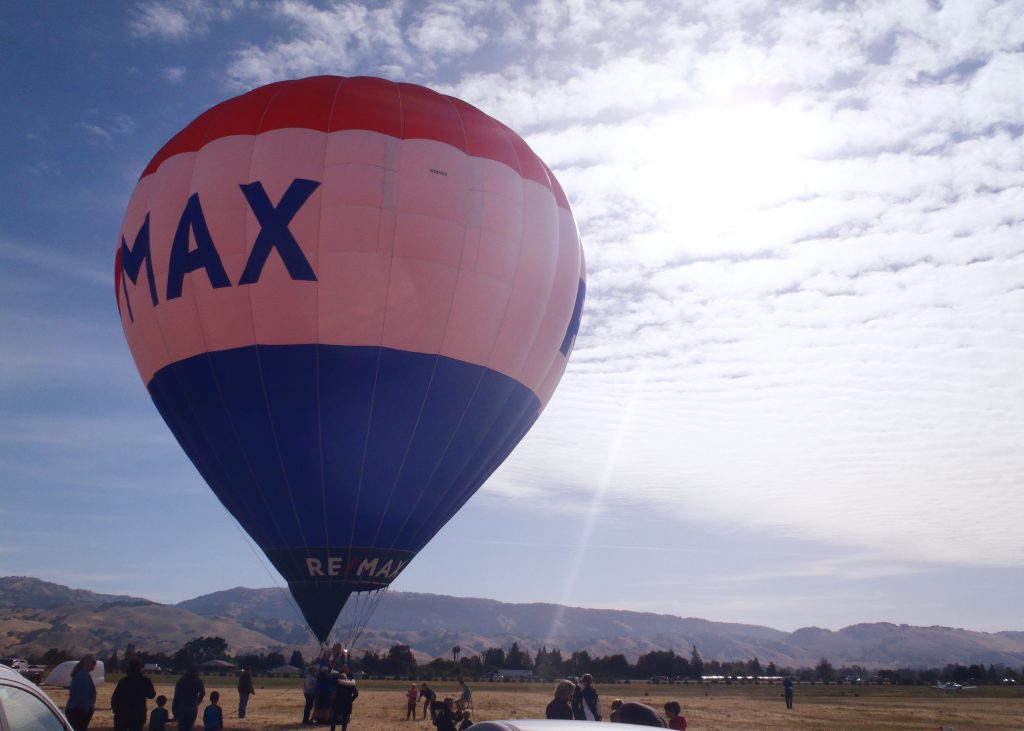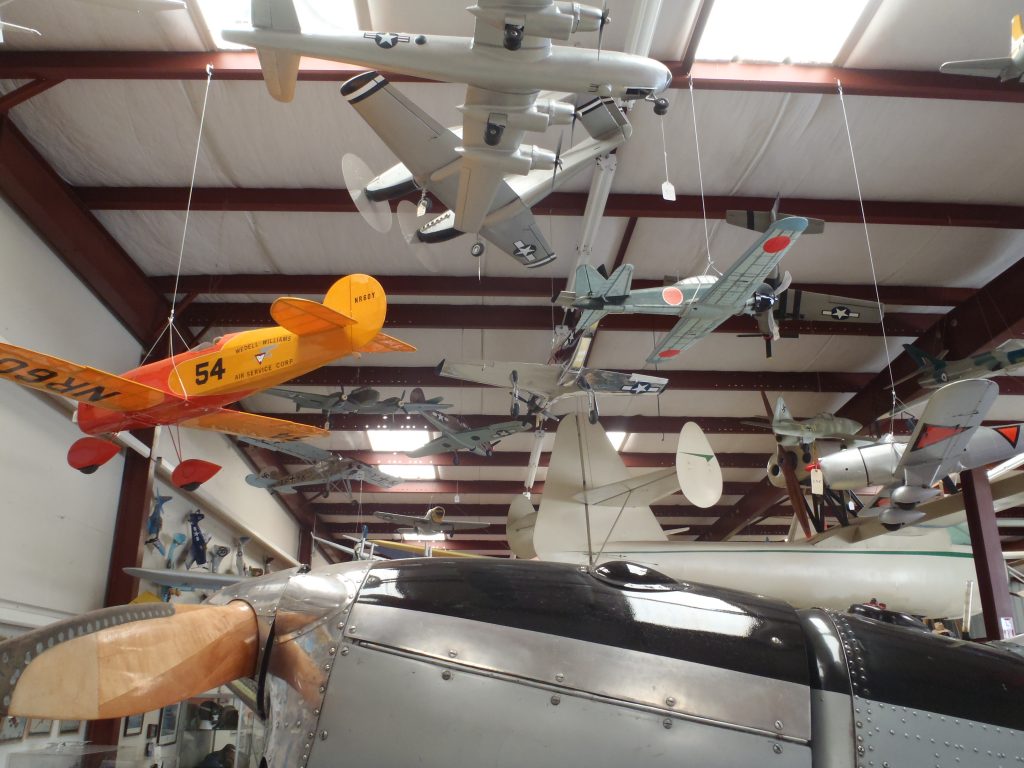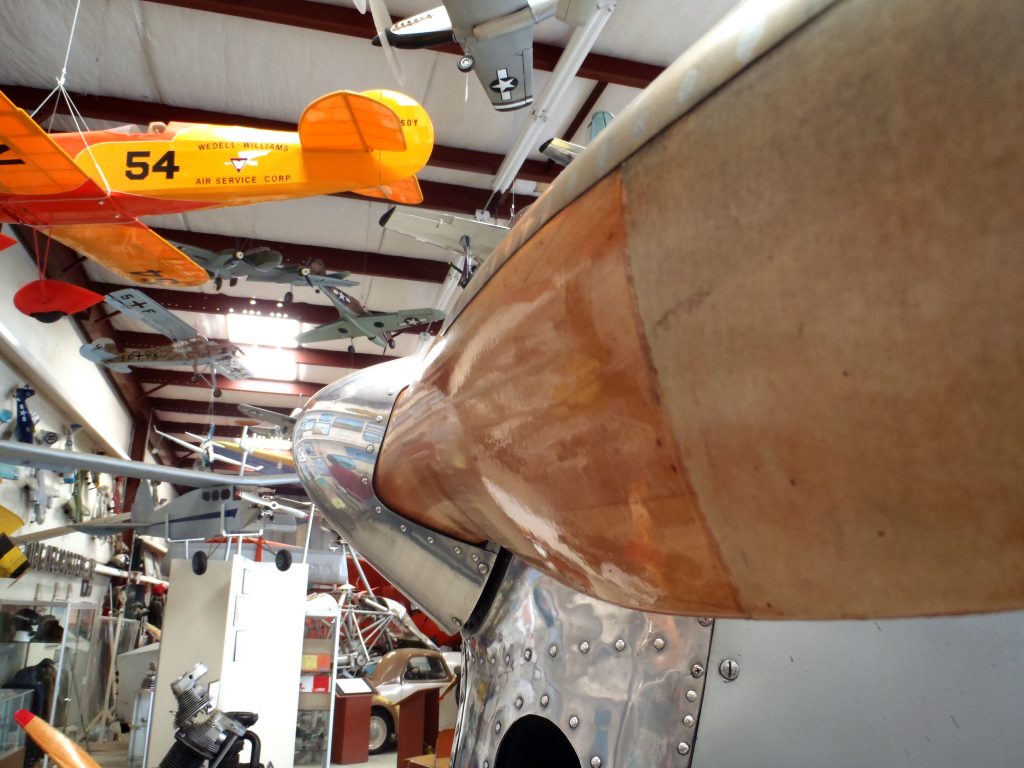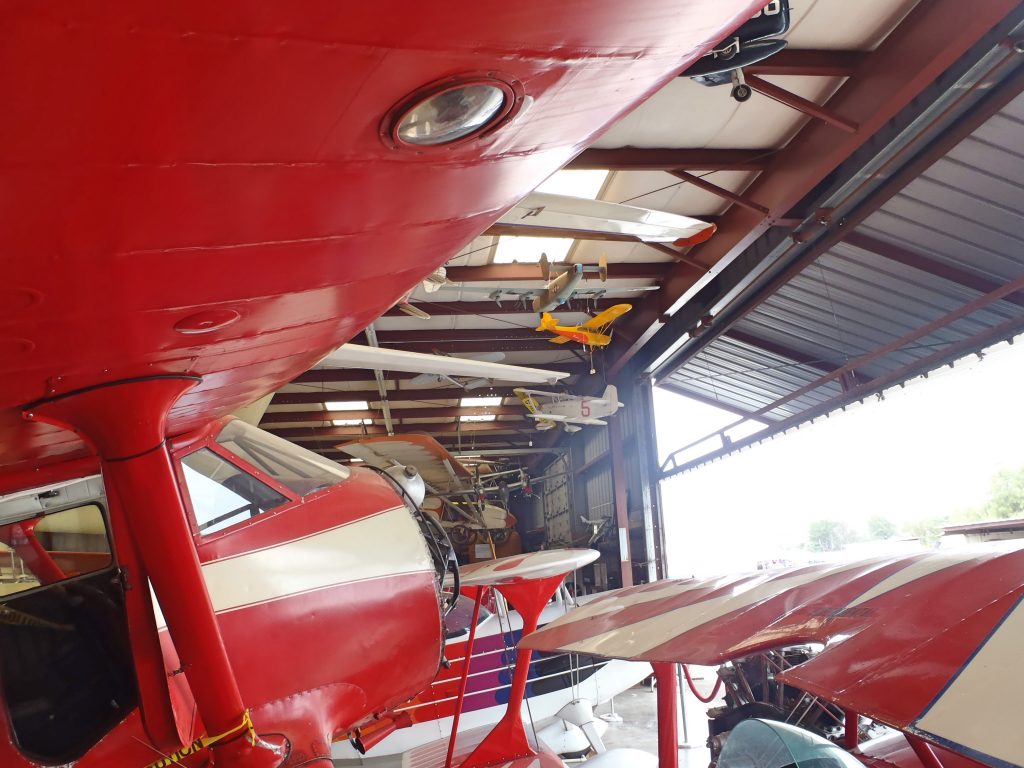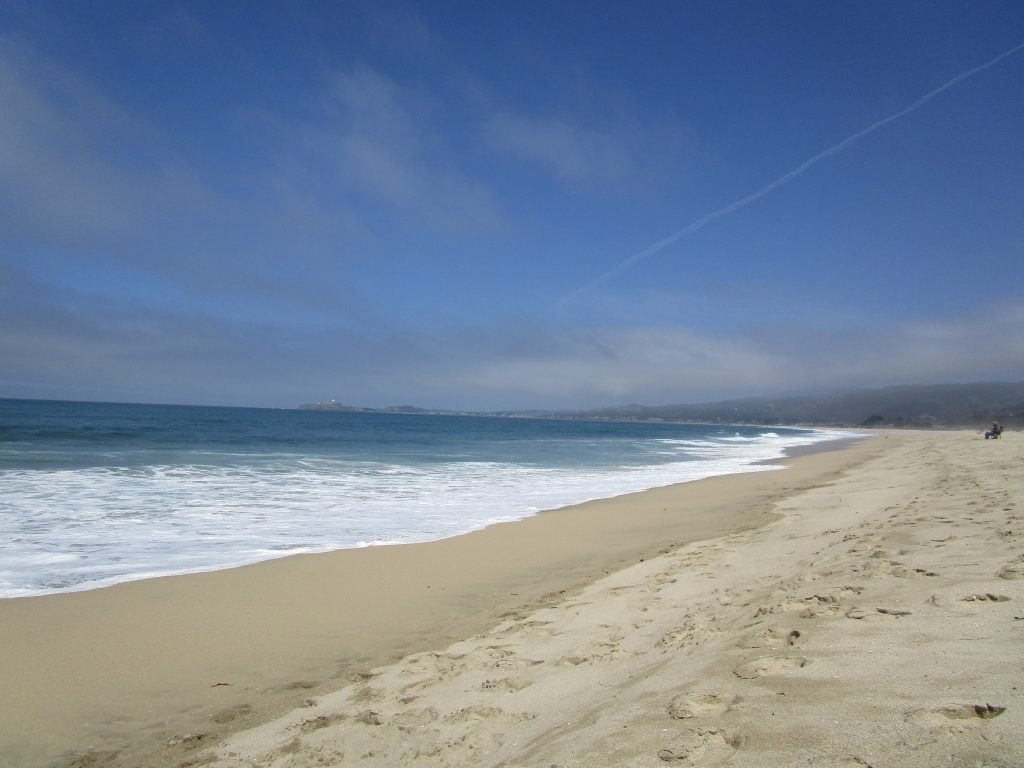
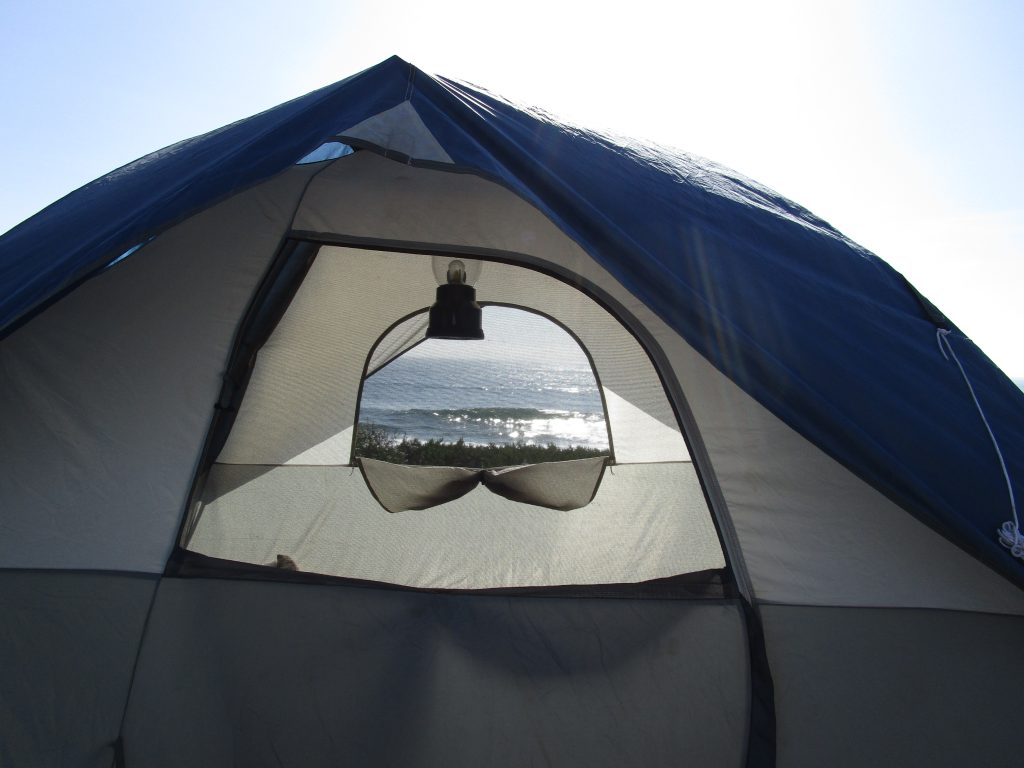
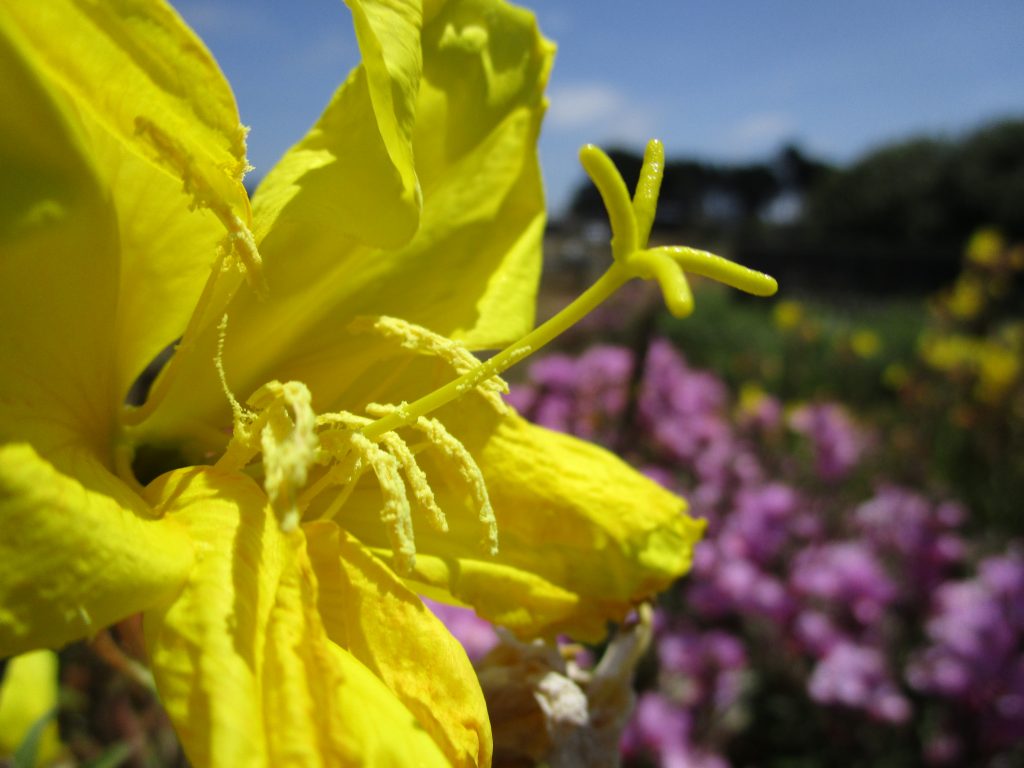
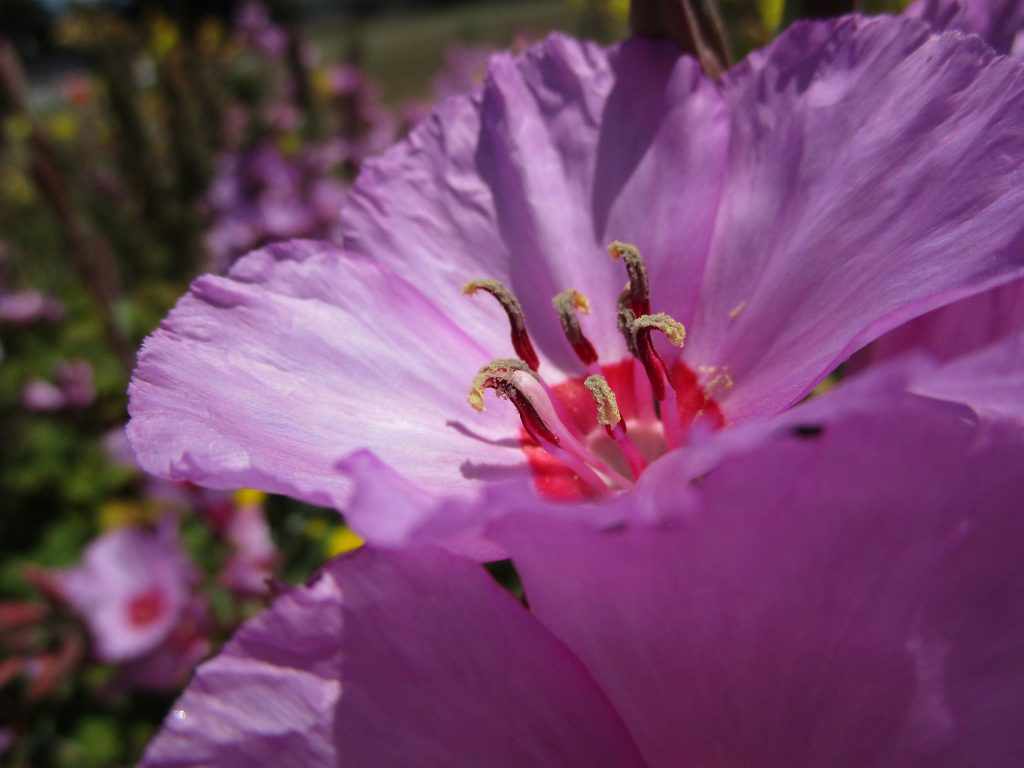

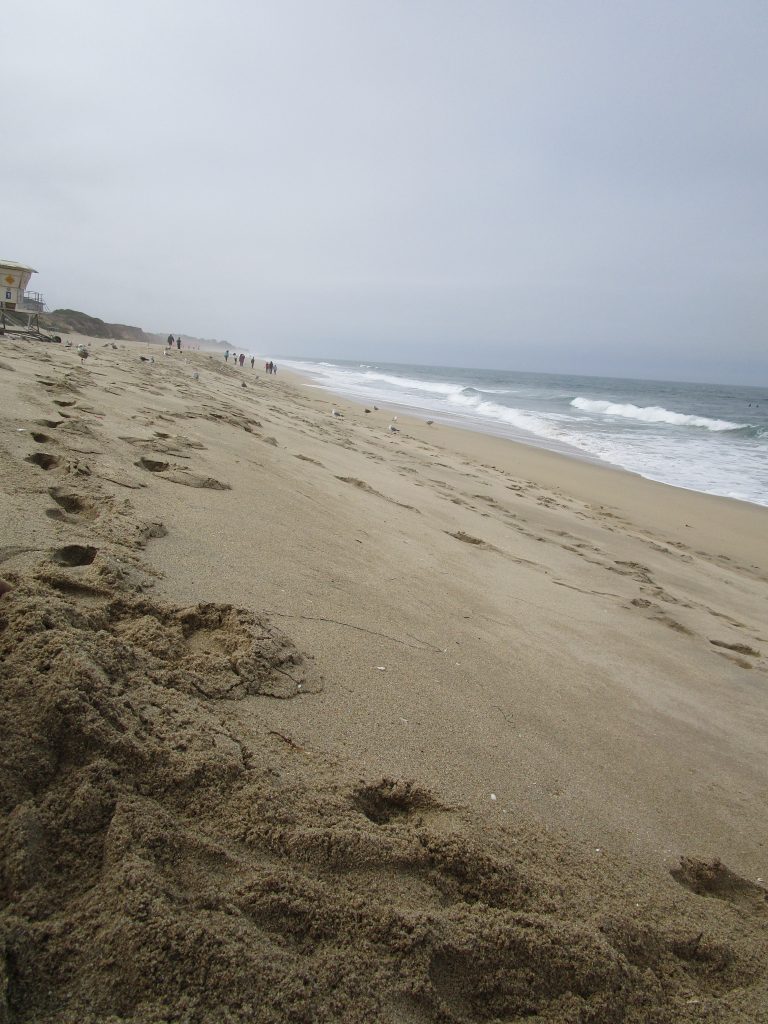

Traveling around in #SanJose and #NearbyToSanJose at 825 mph on our spinning planet.
Nearby to San Jose, California






On highway 152 on Pacheco Pass, a beautiful large reservoir greets you. Depending on the day and season, a great place to see the sunrise, star gaze, look for wild flowers, smell and enjoy nature, or just appreciate as you drive by. The water is pumped up to the reservoir from the central valley creeks below during the rainy season, and then gravity fed right back down to the central valley to water crops during the dry season.

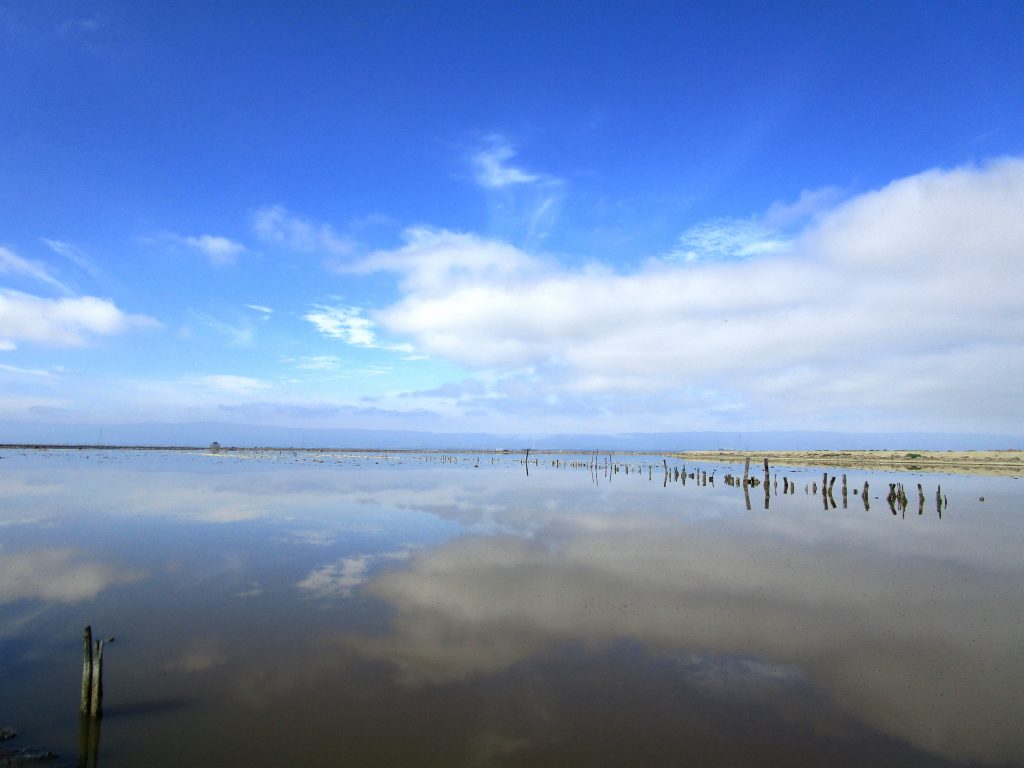

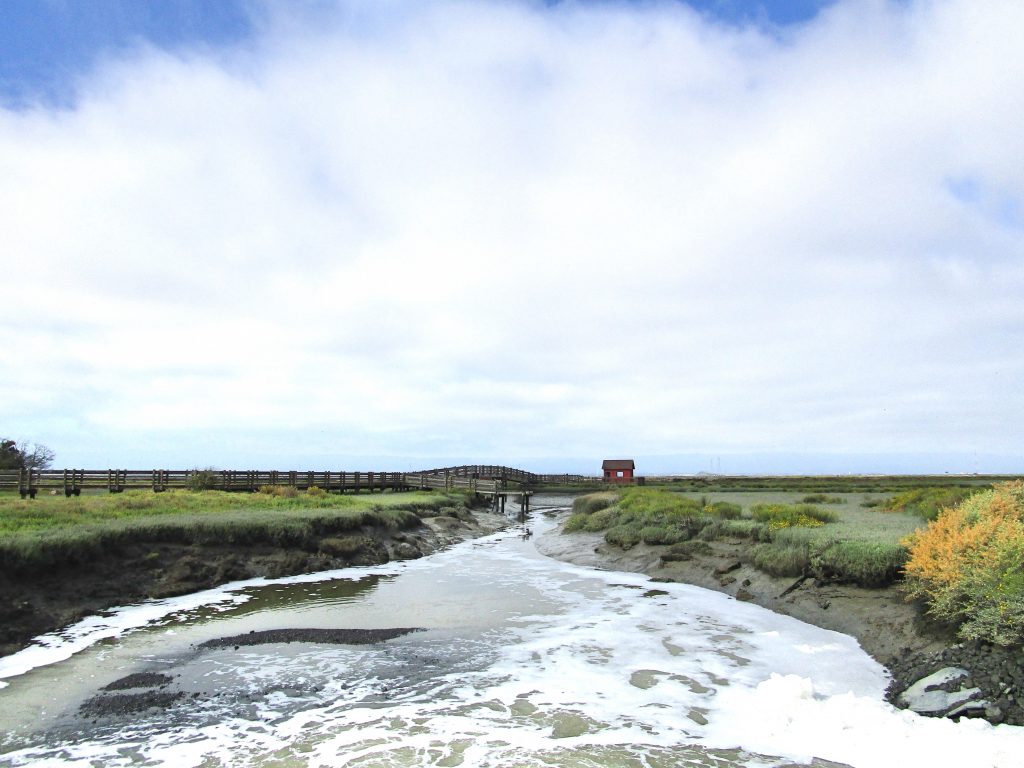

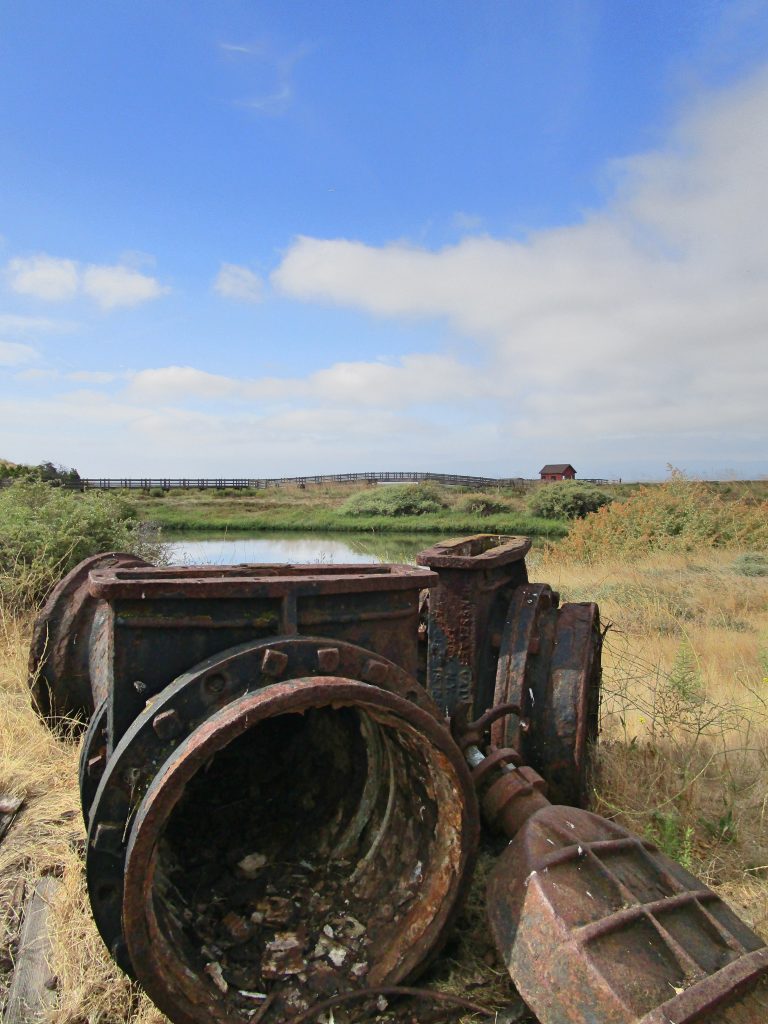
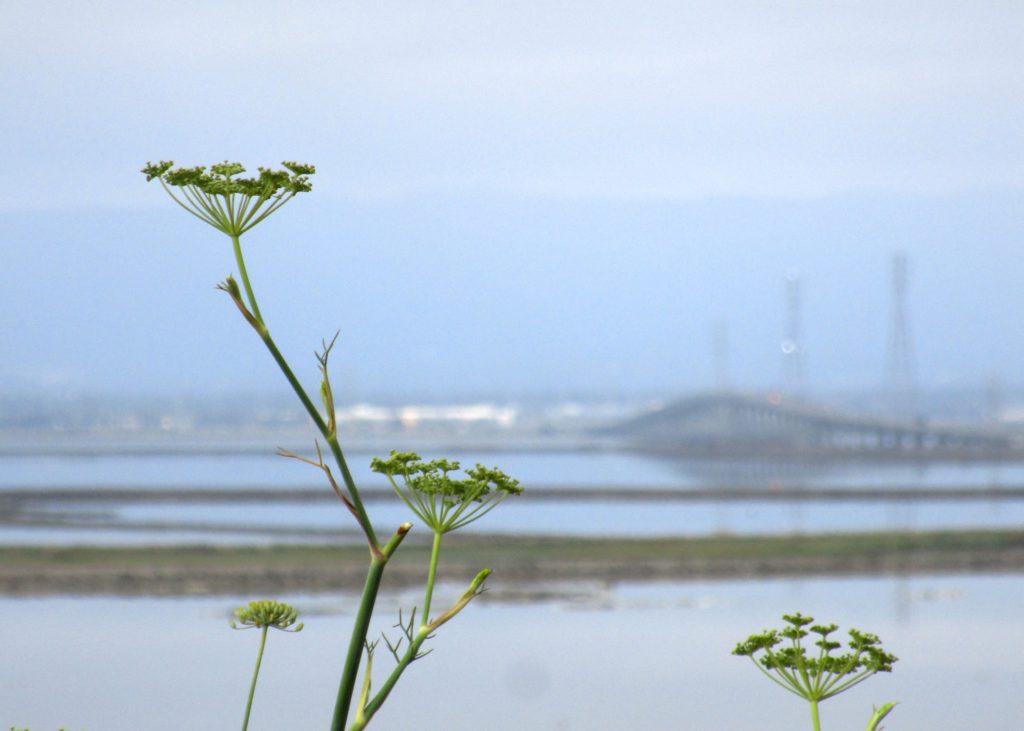
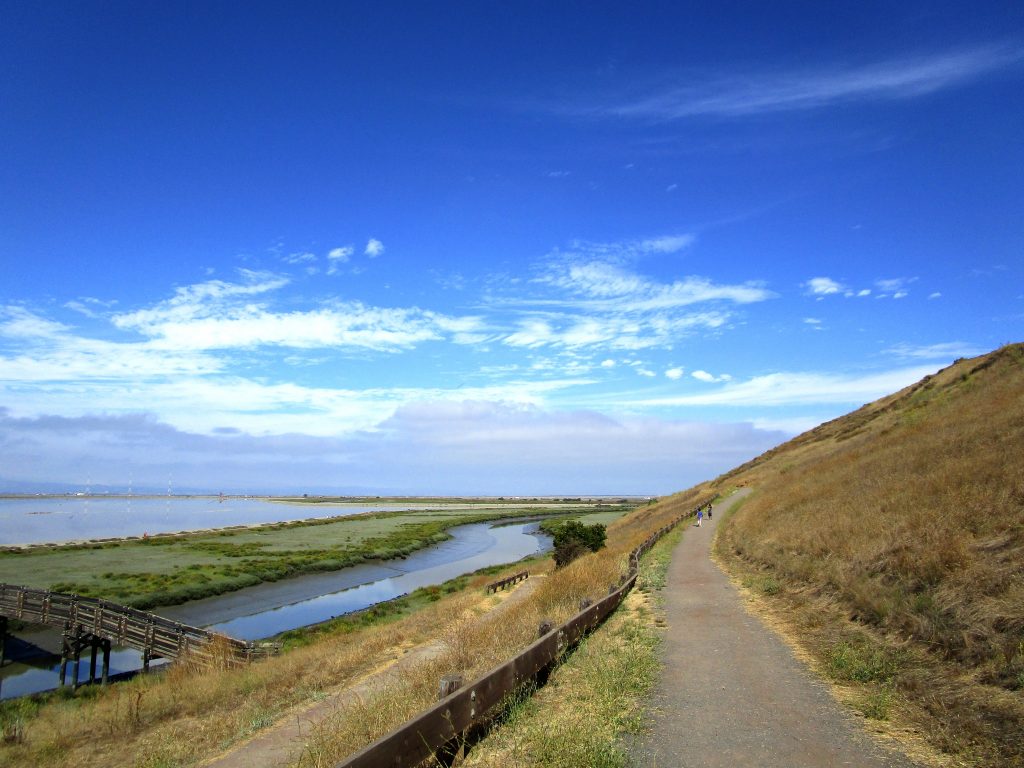
From just about everywhere in San Jose, there are a few orienting landmarks that can be seen. One of them is the square building, the box, atop Mt. Umunhum.

We listened to a fascinating app as we drove to the top. The app is designed for a self guided walking tour once there but it was perfect for us on the car drive as it lasted nearly the entire drive from our home, inspired us with thoughts of our destination, and gave us thoughts to consider as we explored the top.
Mt. Umunhum is a name that includes the root word for Hummingbird in all of the indigenous Ohlone dialects. The local natives named animals by the sounds that they made and Umunhum sounds like the moving wings of the hummingbird. And yes, I did see a hummingbird and butterflies; both of which apparently love this mountain top.

This was once Almaden Air Force Station, home to over one hundred military personnel and their families including many children. A small world complete with a bowling alley, pool, shops, and of course, the box that once held a state of the art long range radar dish atop it to detect aircraft from 250 miles away out over the ocean during the 60’s and 70’s until it was replaced by more advanced satellites. The one thing the station lacked was a school for the children who took a bus into San Jose each school day.
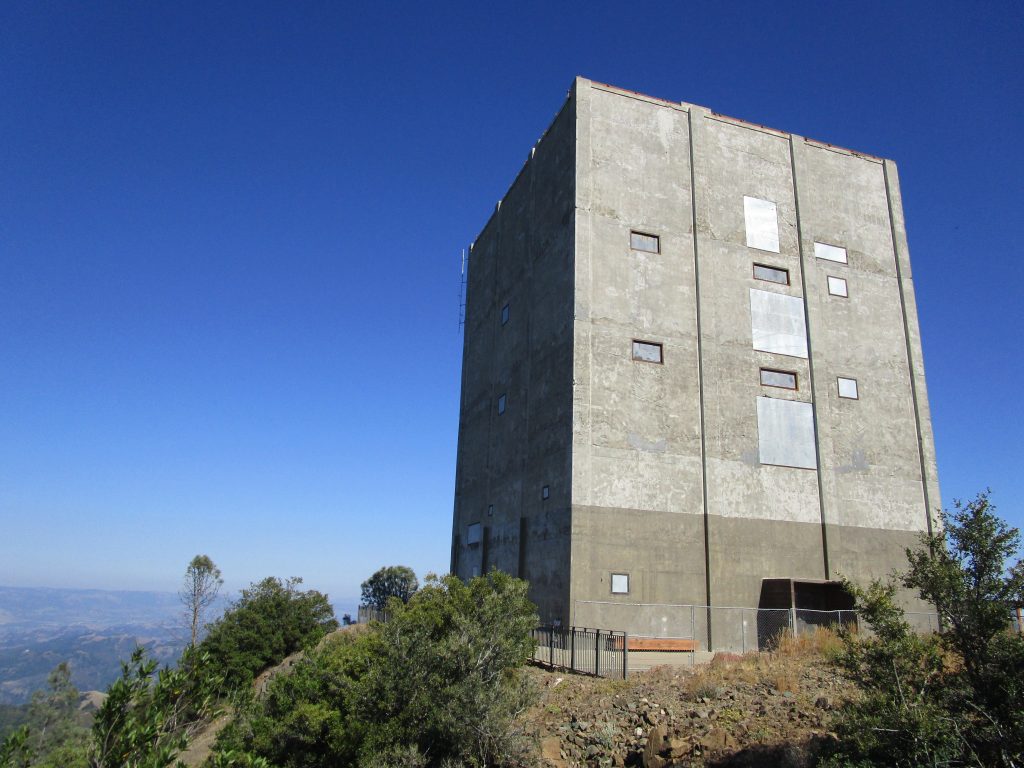
It was so interesting to see the box up close. I stared and argued with myself weather the box should be bigger or smaller in order to make it correct for the size it would appear after I drove the distance needed to get back home. That is, until I realized I had talked myself into a ridiculous conversation as I marveled at the structure and surroundings because obviously it was my perceptions that needed to be calibrated and not the size of the building to make all of the sizes and distances make sense with reality. It is often fun to run down mental rabbit holes.
Today, all of the buildings, except the iconic radar building, have been removed and work has been done, and continues, to restore the shape and vegetation of the mountain top. The renovations included bringing rock, previously pushed over the edges to build the station, back to the top and adding back 15 feet of altitude to the peak as it once had been.
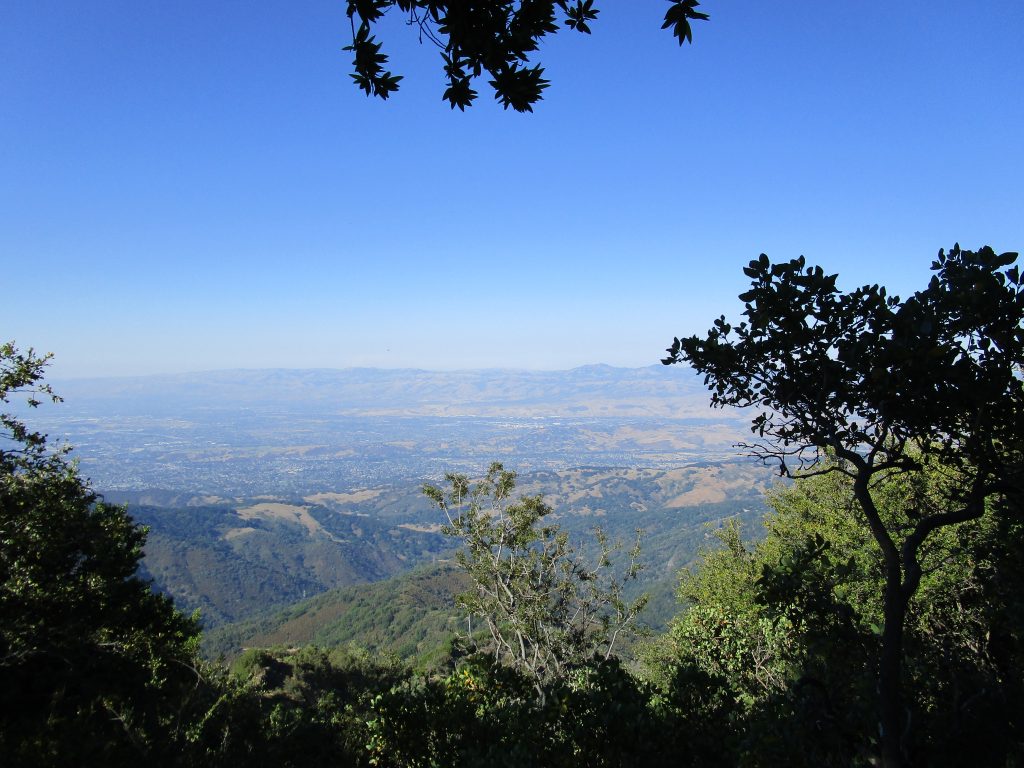
The views are, of course, incredible. It was a hazy day that we arrived and we could still see the San Francisco Bay as it reached San Jose, all of San Jose, the beaches of Santa Cruz at the ocean, Monterey across Monterey Bay, and so much more.
The descendants of the displaced native peoples of this land were consulted and asked that a prayer circle be built and opened to all of any faith to pray for ancestors and the future.
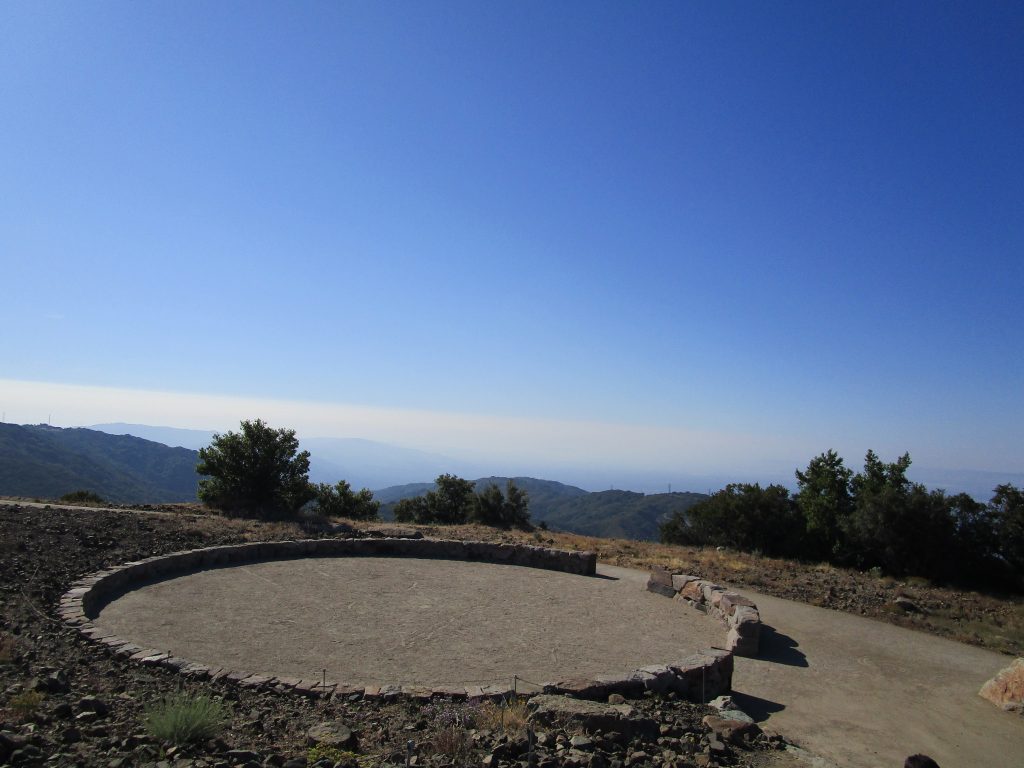
The prayer circle is opened to the east for native prayer rituals. The four directions are marked with iron. Using the iron marks as guides I found the exact middle to stand in. For no particular reason I did this and then I spoke, and… wow! My voice reverberated so beautifully. It was a shock and amazing. From the middle ones voice bounces harmonically off of the stone circle and comes back with a mellow and deepening vibration that was quite fun to play with. It reminded me of the childhood discovery of speaking into a fan. The excitement at the discovery and play at the effect only added to the pleasure of reflection from this beautiful point on the mountain.
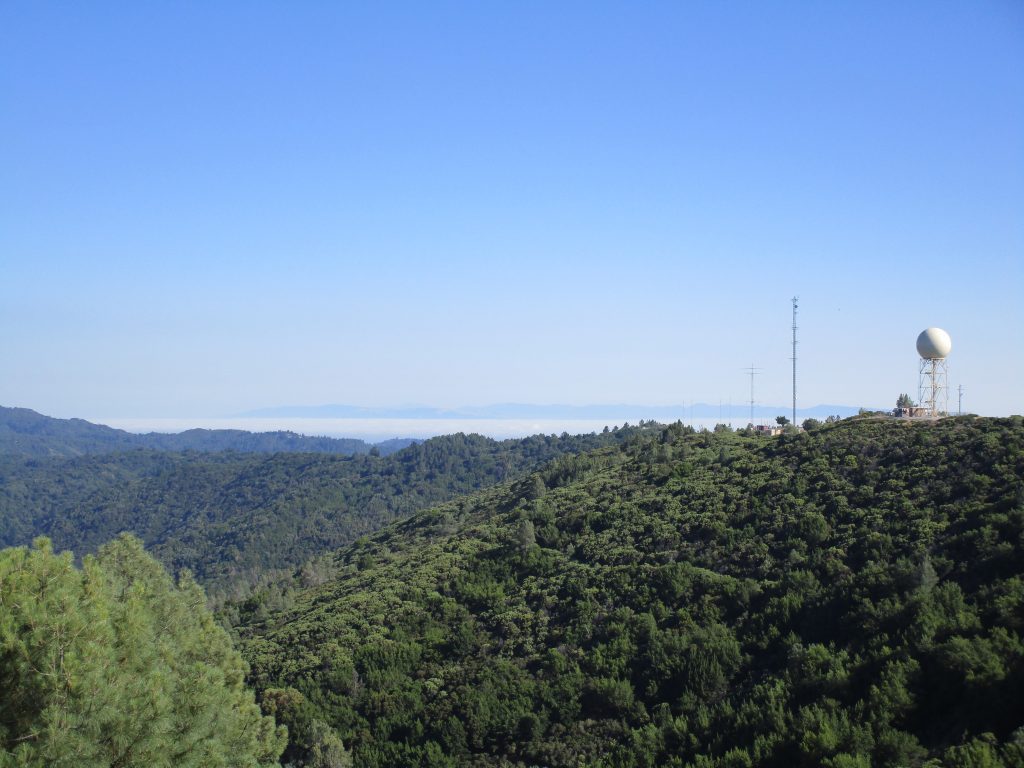
In the picture above, you can see the raised sphere nearby to the big box. The sphere is visible from some parts of San Jose depending on viewer’s location and weather. That sphere is a weather radar. When we watch the local news and see the green/yellow/red shapes moving in to indicate the degree of clouds and rain moving in to the bay, it is this radar and its siblings in the bay area that bring us those images.
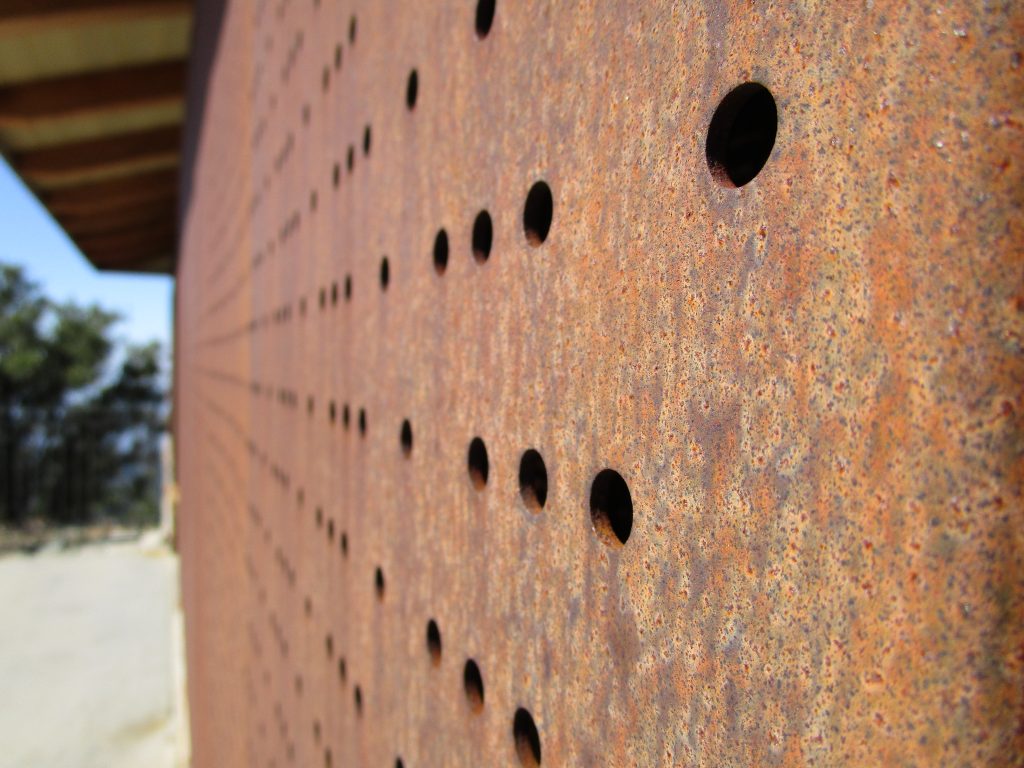

The views, the perspective, the thoughts; these will bring me back to the top of Mt. Umunhum.

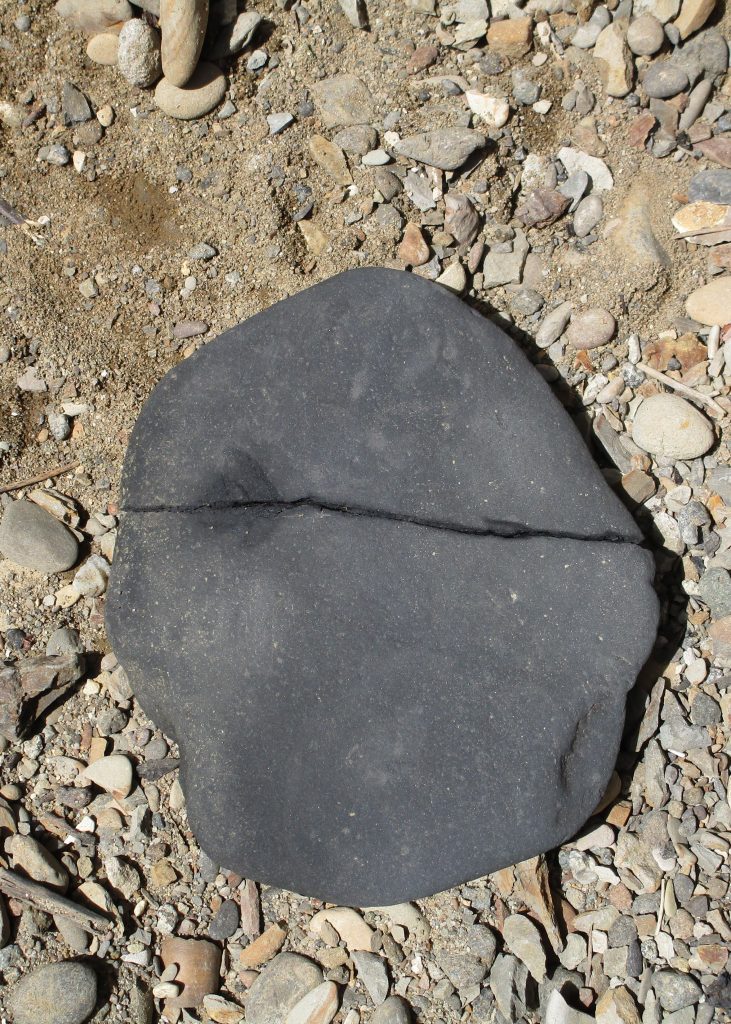
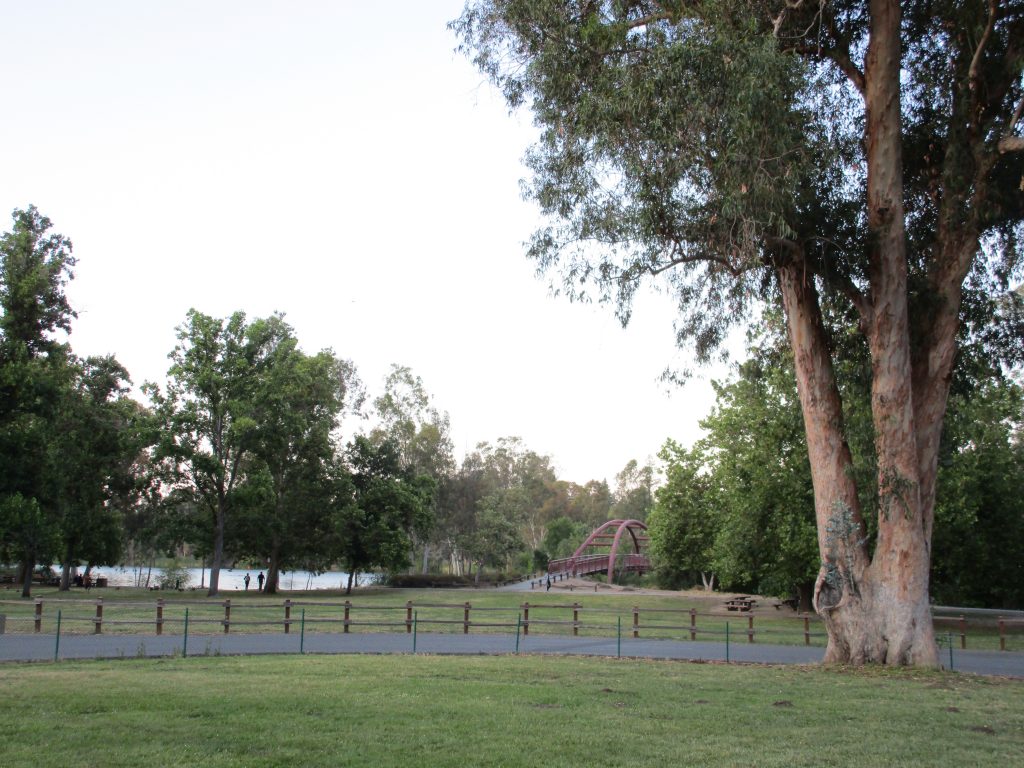
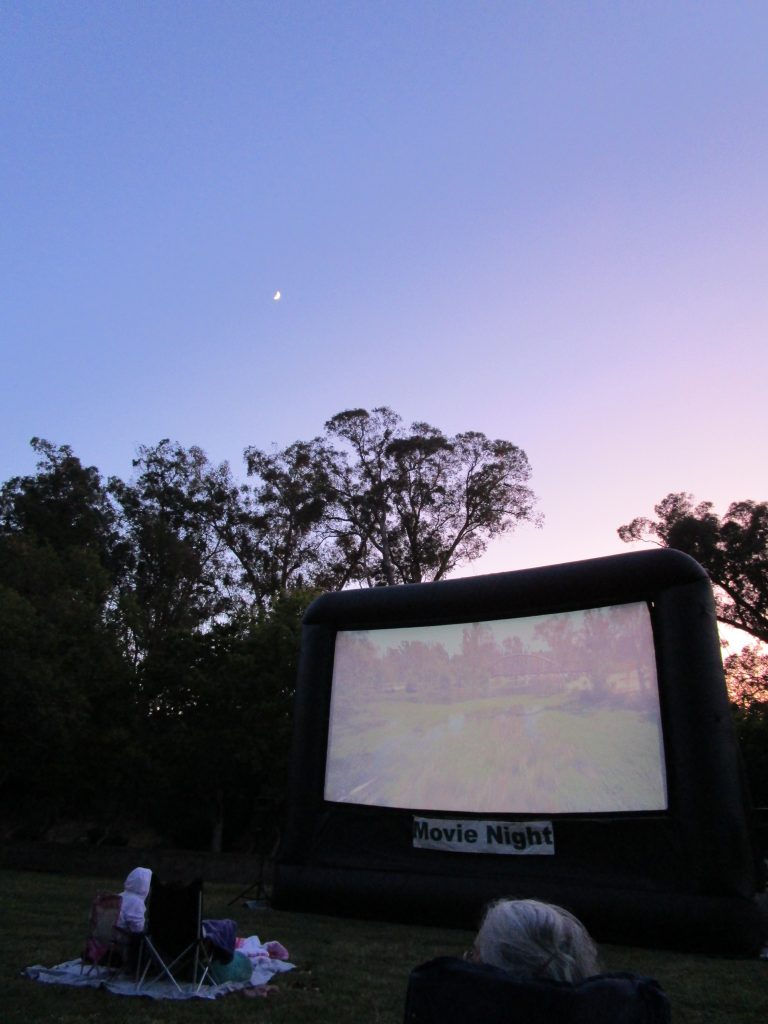
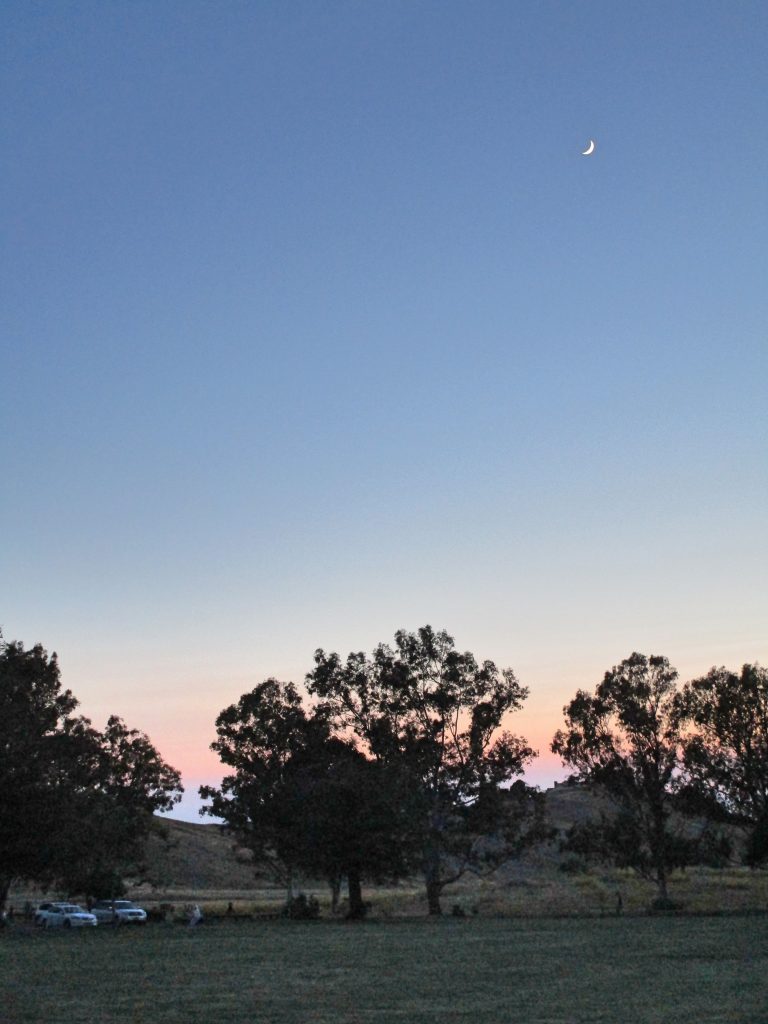

“It is so choice. If you have the means, I highly recommend picking one up.” – Ferris Bueller talking about a Ferrari in Ferris Bueller’s Day Off

Something San Jose has a lot more of these days is exotic sports cars. You can even rent them. If you have a chance to cruise around with a friend in a Ferrari, I highly recommend it. There are lots of types of experiences in this world. I like many of them and sometimes squishing them together. So, for example: start in San Jose, take an adventure to the coast, a cup of coffee, some beautiful nature, great conversation with a friend, and wrap up the curvy road sways with the art- visual/tactile/mechanical/aural- of a Ferrari. That’s a pretty fantastic day’s experience.
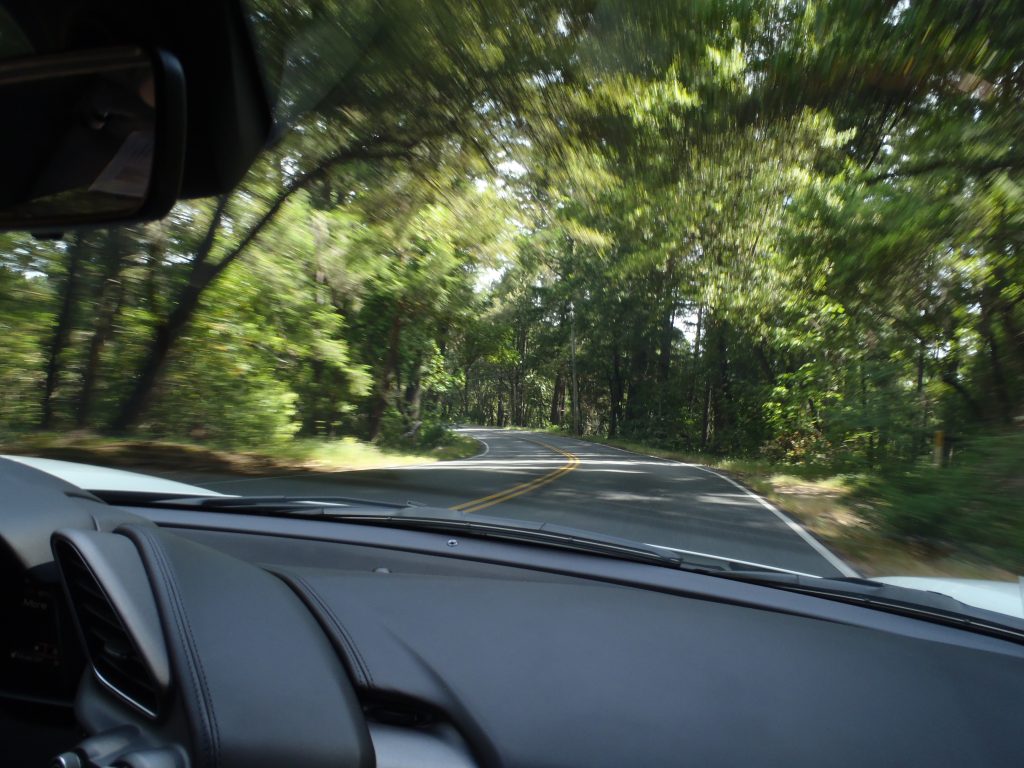
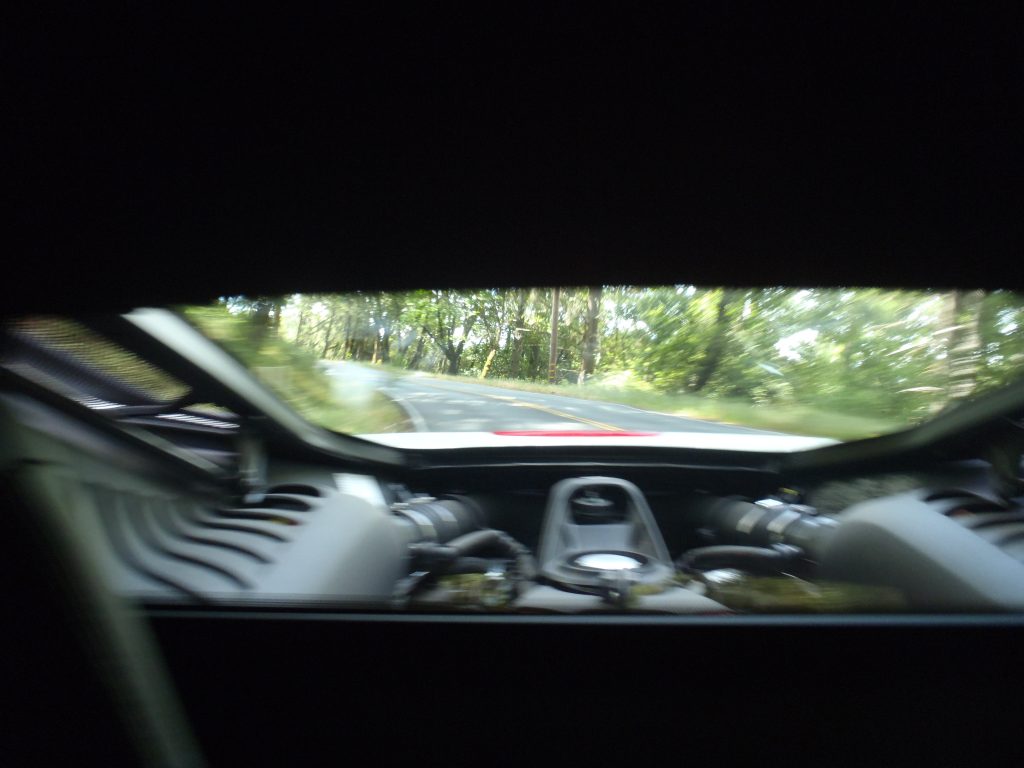
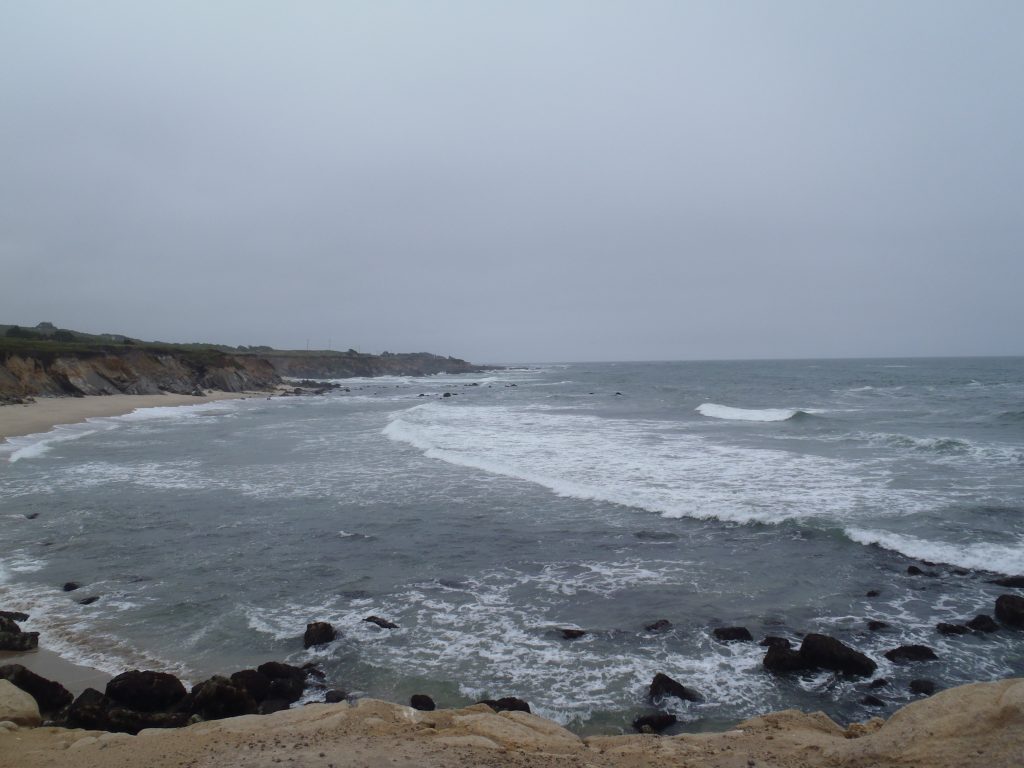
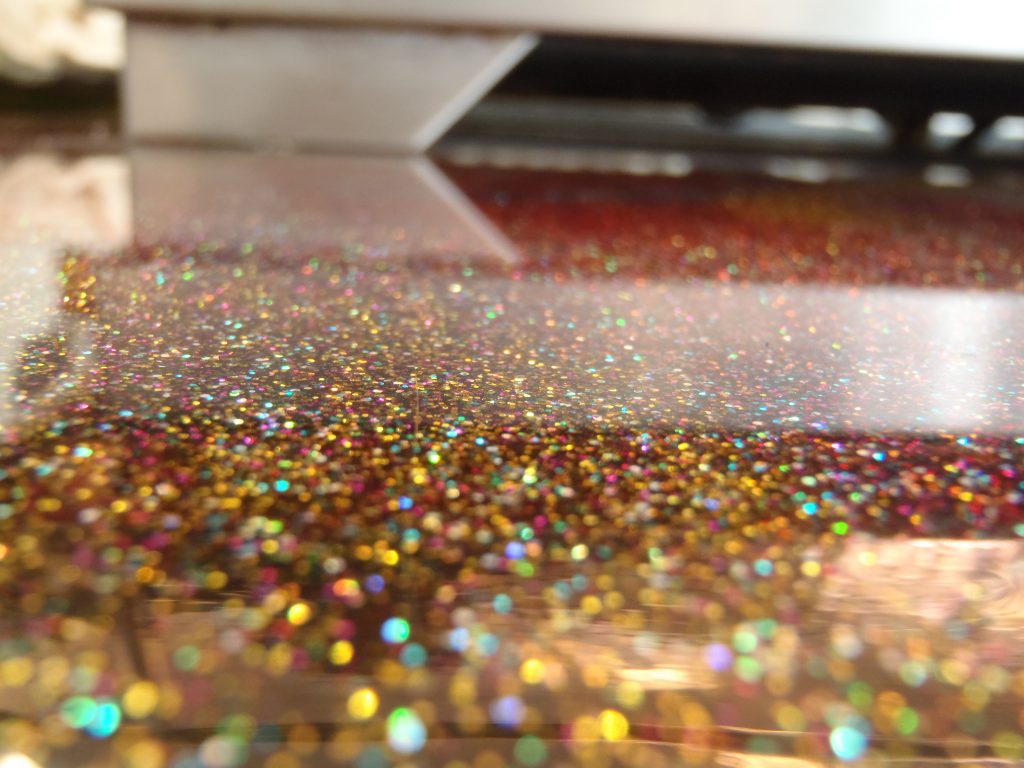
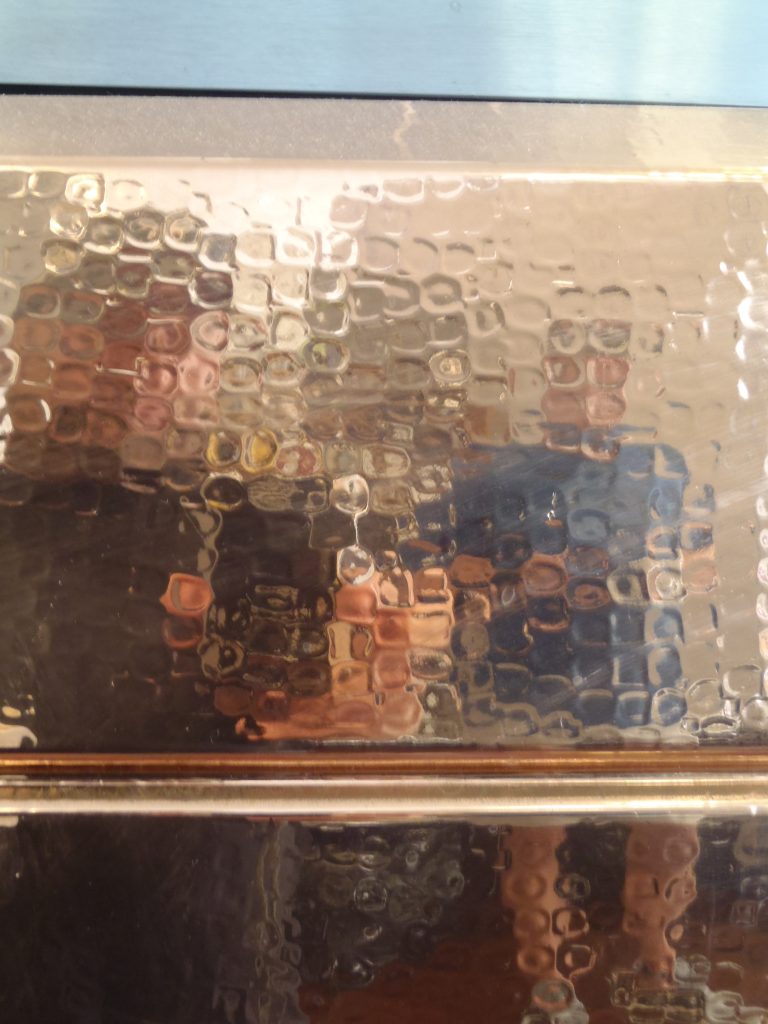

Chitactac-Adams county park is a remarkable place. For hundreds of years this was the home of Native peoples. We can say that about all of California. But here, you can touch…
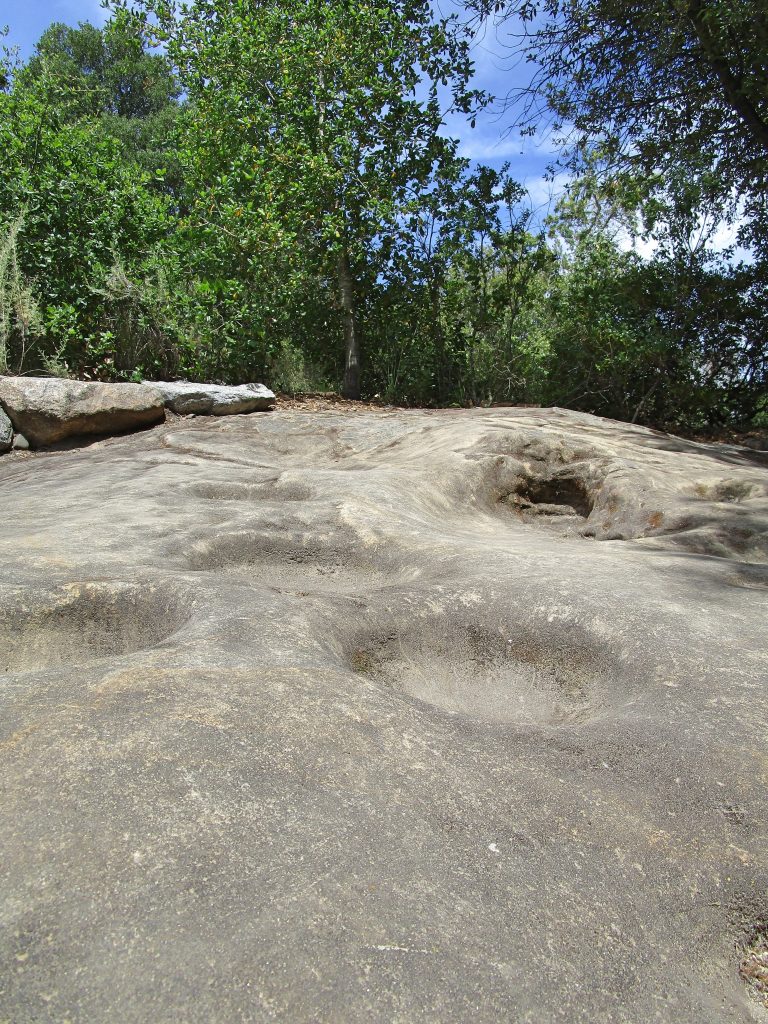
Those, in the picture above, are mortars ground into the rock from hundreds of years ago, made by the people who lived here along the Uvas Creek, grinding food from the land around… and you can touch them! There are many of them and it is wonderful to imagine the many hours of their use, the people who were here before in the same space as I occupy now, leaning over these bowls in the rock, and touching history.

On the annual family day, you can do crafts, watch a Native American ceremony, play traditional games, and learn. My children loved making jewelry from pine nuts that they turned into beads by grinding off the two sides and cleaning out the hole through the center.
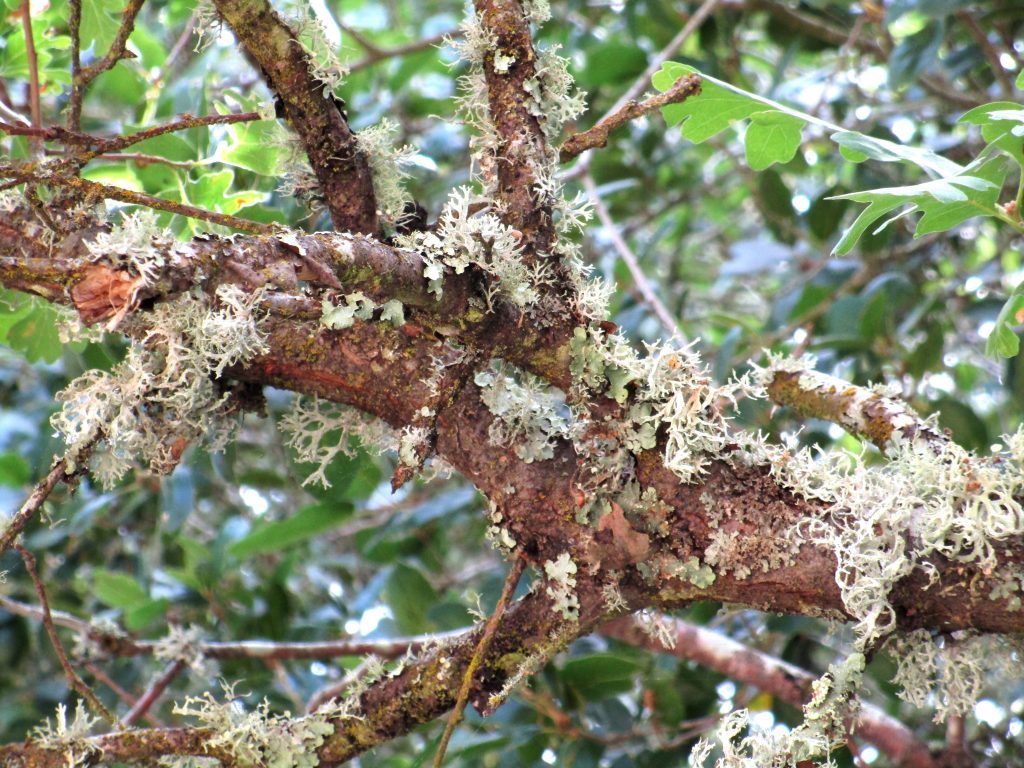
It is a beautiful place with so much nature to look at. Some of the branches are amazing, like lightning bolts, jerking horizontally through the air above. I try, but the pictures below don’t do the lightening branches justice, try and marvel at them in person if you get the chance.
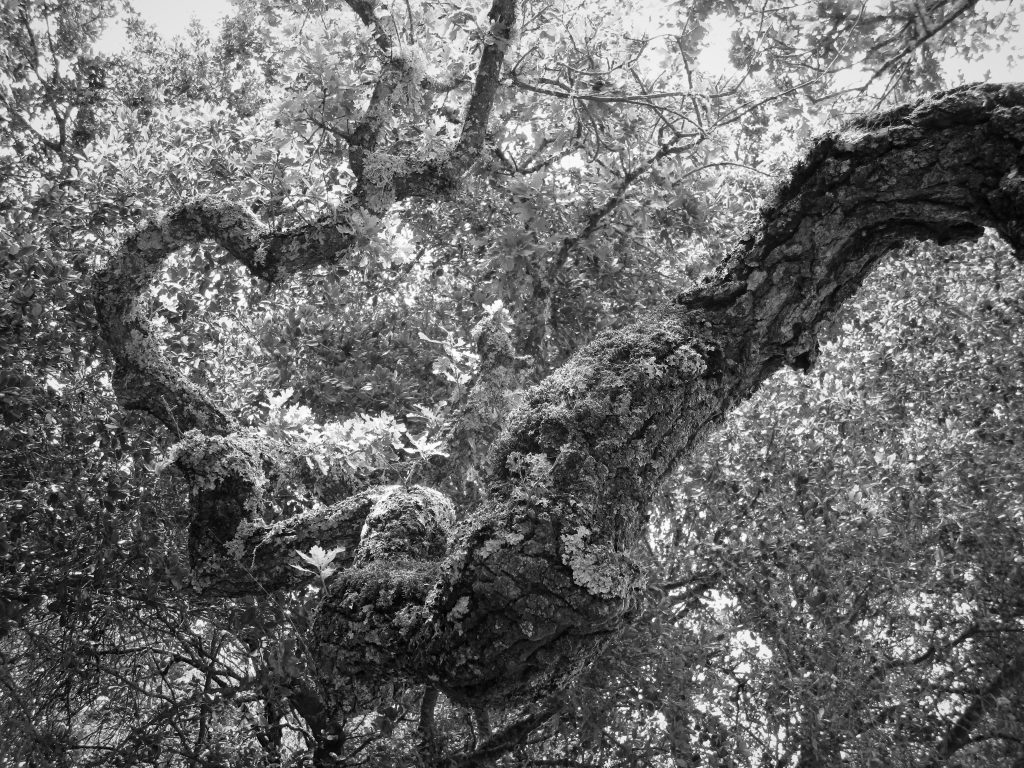
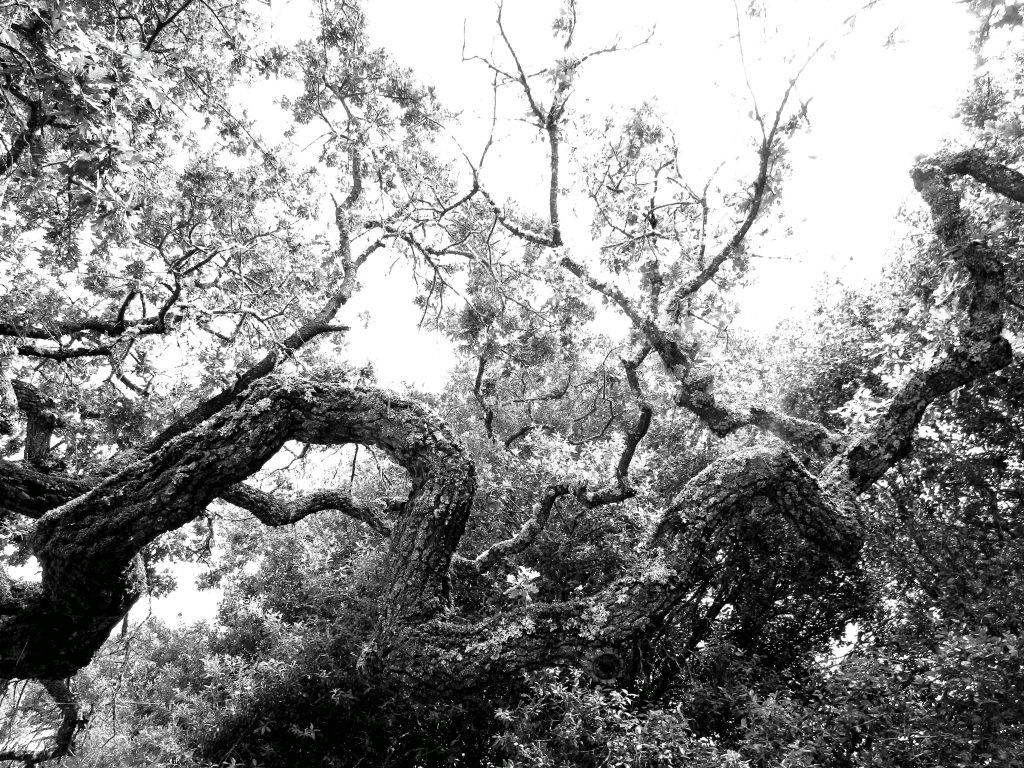
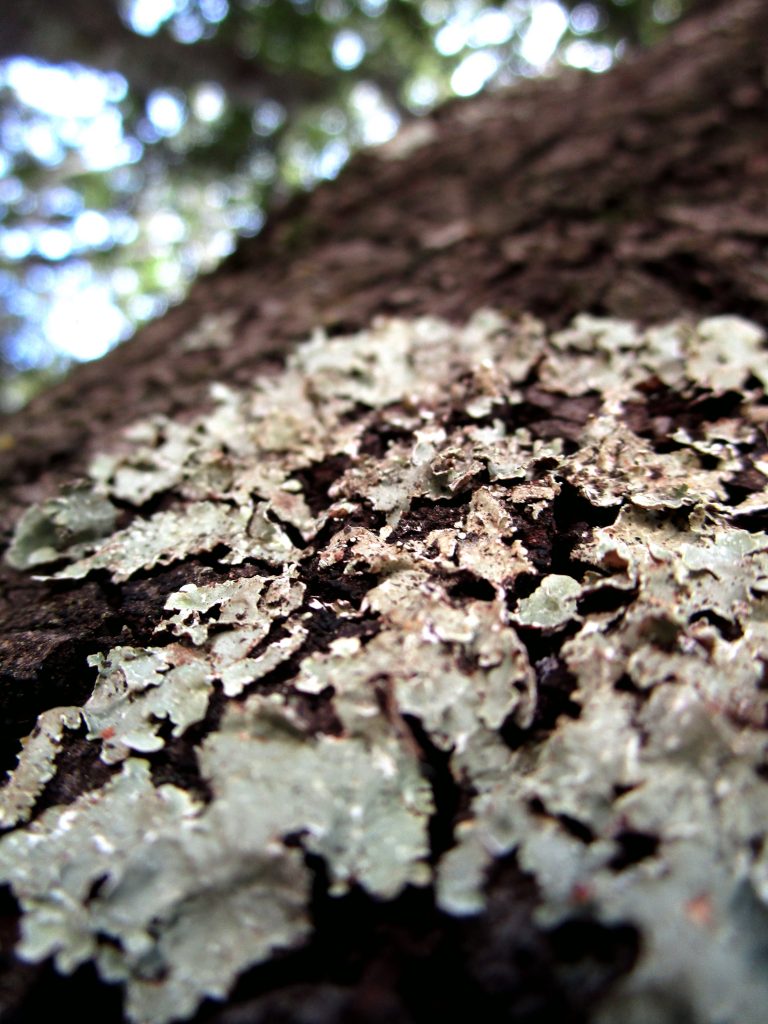
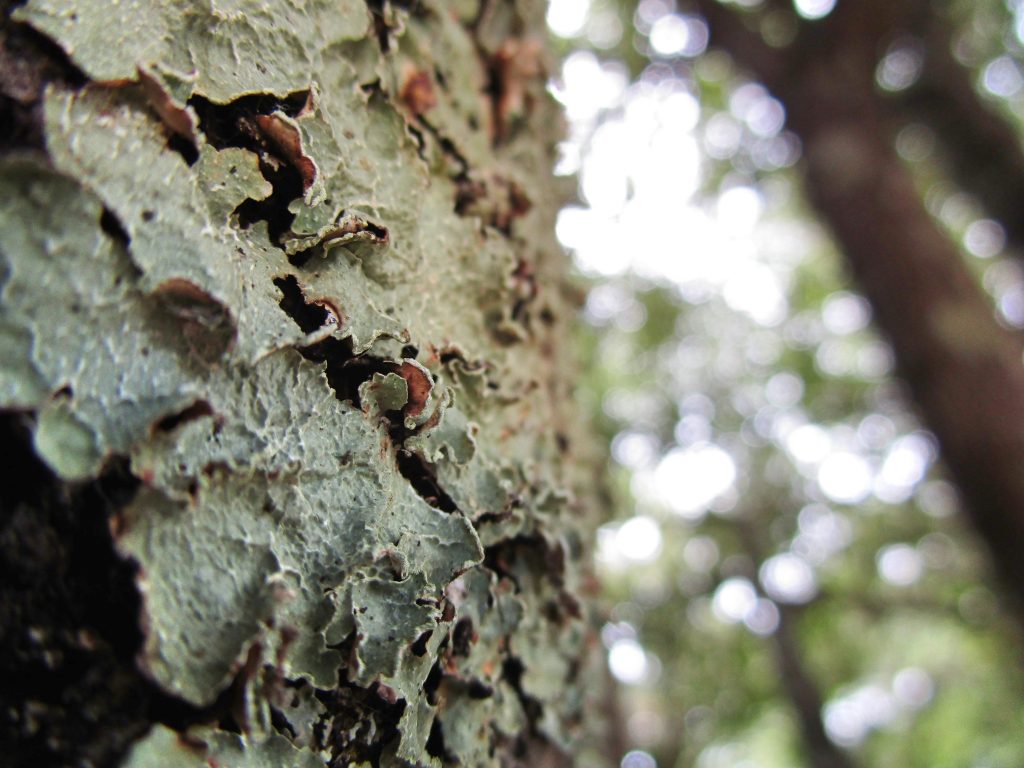
Hundreds of years with people living here along the river (the Chitactac part of the park name), nearly 100 years with an old school house (the Adams part of the park name), and then the last hundred years, until the recent fences to protect the petroglyphs went up, as a favorite jumping-off-into-the-river point for the local children. Remnants of the rope swing can still be seen, and adults can still be found who will talk of their youth and jumping off the big rock into the creek.

